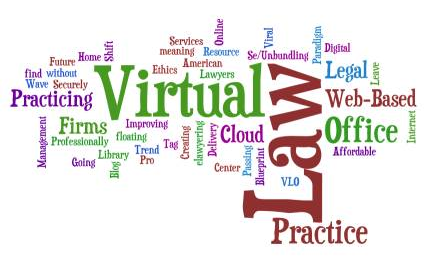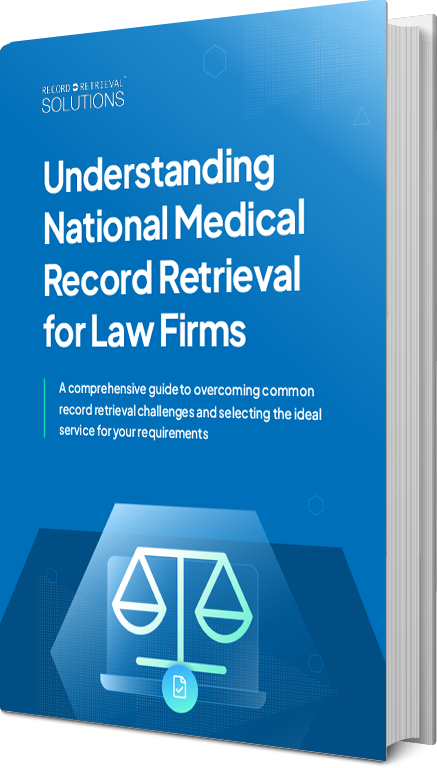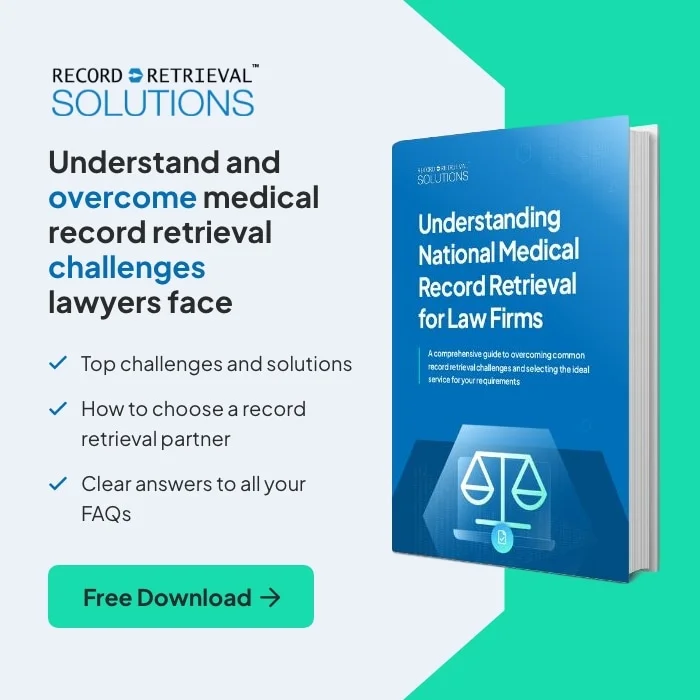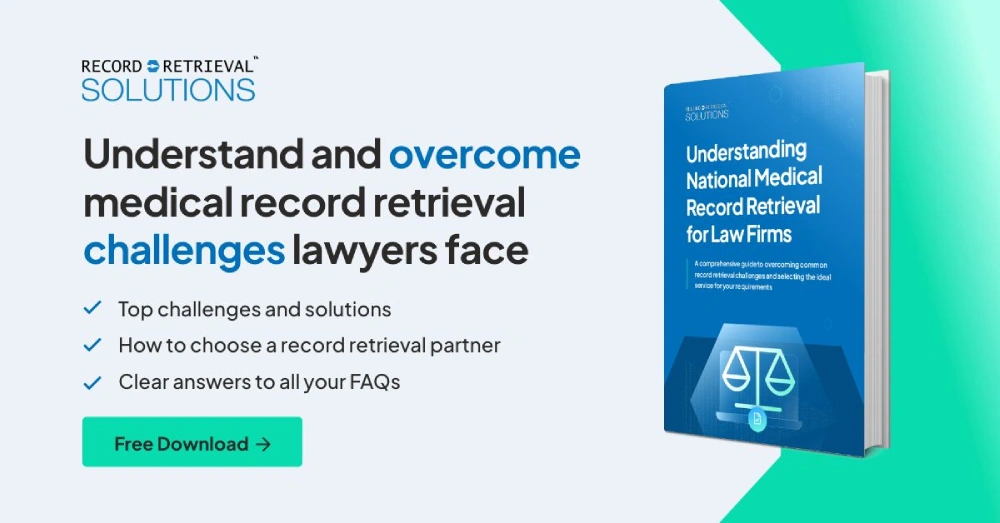Workflow – A lesson OF the NYSE vs. the NASDAQ
OUCH! For the first two weeks of 2016, investors in the stock market have suffered through a sudden and painful decline. Some call it historical in both its speed and voracity. The images most of us have of traders in lab-coat looking jackets with large ID letters on the front are likely from the New York Stock Exchange or NYSE. Those traders handle buys and sells (workflow) in an auction-like environment, usually using hand signals, or shouting at the specialist designed to represent the stock being traded. There is a physical building in lower Manhattan where this takes place every day.
In contrast is the NASDAQ, which stands for the National Association of Securities Dealers Automated Quotation system. The NASDAQ, (now formally called the NASD for National Association of Securities Dealers) unlike the NYSE is not a physical exchange, though it handles over 2 BILLION trades a day.
From Investopedia: Rather than being an auction market, the NASDAQ is a communications network between thousands of computers. Instead of brokers calling out orders, market makers place their names on a list of buyers and sellers, which is then distributed by the NASDAQ in a split second to thousands of other computers. If you wish to buy a stock that trades on the NASDAQ, your broker will either call up a market maker with the information of your trade or enter your order into a Nasdaq-sponsored online execution system.
The Analogy to the Law Practice
Just as the marketplace for trading corporate securities has come a long way in the last 40-50 years, so has the process for legal practitioners. The easiest observation to look back on is the physical space that documents consumed in and for law practices. There were literally (and in some cases they remain) entire warehouses filled with documents related to cases long since settled, and rather than risk throwing away a piece of paper that had testimonials, agreements, signatures, and the like, firms would stack boxes higher and higher, taking up expensive square footage in office buildings. Eventually, many would be resigned to a remote, offsite location where bar code readers and wireless handheld devices could track their contents down in the event of a sudden need for a document to be produced.
In recent years, much like the stock exchanges, there have been significant advancements both in the technology, and the courts acceptance of alternative evidence besides paper. The advent of e-discovery meant that client data stored in computer databases were as equal in evidence as the paper that it replaced. No longer would attorneys have to show up in court with boxes of paper to support their case. Instead, a summary of what existed in a file could be used in pre-trial, and if necessary, a fast reprint could be done from the computer databases.
Paper to Digital Assets
While there are some areas where paper is required, ie contract signatures, acknowledgement of receipt of goods or services, notification of HIPAA guidelines, these documents are now also kept in computer repositories using high speed scanning tools, which can add bar codes and other labels and tags to help generate an index by case. Keeping all related assets including scanned documents and images, emails, and other electronic information related to a specific case is often referred to as matter centricity. Simply put, rather than store information alphabetically by client, it is now possible and often preferred to associated ALL electronic data with the matter for which is applies to simply review, check status, and handle appropriately.

Law Practice Workflow
Workflow is often a fancy term for what is simply a process. How has the firm, either because of its areas of practice and/or to be in compliance with the rules of law pertaining to the matter, needs to create a workflow. Typically this starts by on-boarding or gathering the facts of the matter by the client, building a case file with contact information on all the pertinent parties, and any additional information including medical reports, police reports, insurance information, in order to litigate the matter.
Much of this becomes routine as technology improves and is adopted, and when bottlenecks are discovered, there should be a revision to the process to minimize or avoid future bottlenecks which can delay the case from moving forward, and its eventual closure.
Office Resources
While it can vary depending on the size of the firm, the number of locations, and the magnitude of the legal matters being investigated, there is typically a 1 to 1 ratio of attorneys to staff. This staff may include a paralegal, an office assistant, a billing coordinator, and/or other resources employed to help make the attorneys, whose time generates the income for the firm, focus on doing billable work. This works well in either very small or solo firms, or in contrast, at very large firms, where human capital can be shared between attorneys.
Outsourcing Information Gathering
While technically not a bottleneck, gathering information from third parties such as hospitals, physicians, labs, and other healthcare related information providers, can be a daunting task and simply not a practical choice when doing work on personal injury, medical malpractice and/or mass tort types of cases. Imagine a class action suit against a medical device manufacturer that has injured hundreds if not thousands of individuals. Collecting each of those record “orders” would be the equivalent of having someone try to place trades on high volume stocks like Microsoft or Starbucks before the advent of computers on the securities trading floors. It simply breaks the workflow.
The Advent of Medical Record Retrieval Specialists
Those cases have created a cottage industry where expert professionals often called Medical Record Retrieval Specialists (or MRRs for short) have both the technology and often the correct forms, contacts and relationships with the healthcare providers to respond to the request and respond quicker and, without using the aforementioned law office people resources.
And, because these professionals deal with this subject day in, and day out, the workflow they can provide to the law practice is far more efficient, resulting in lower costs to the firm, and a hard cost invoice which can be considered a recoverable expense from the client. Moreover, the MRR should be versed in the most current documents required by the state and federal rules of compliance for HIPAA and the more recent HITECH laws.
Summary
Over 100 years ago, a group of gentlemen would meet under a tree in NYC where they would transact exchanges of various commodities, equities and bank notes. Later that process would be replaced by a machine called a tickertape, which allowed traders to enjoy the comfortable surroundings of their offices while tracking their investments and transactions. Another 40 years would go by until terminals, a keyboard and a CRT screen would allow personalized transactions to be placed via a mainframe computer housed in a raised floor room somewhere offsite. Today, these transactions can be accomplished with a smartphone and either a cell signal or a WiFi connection.
These same advances are progressing the both the legal and medical field, making it easier and more efficient to practice those arts, remain competitive with other firms, and improve their odds of success. Incorporating the use of outsourced medical record retrieval providers, with cloud-based, secure, web-access and top-of-the-line software applications, lower costs, reduce risks of non-compliance, and keeps the law office workflow moving quickly, and seamlessly.
Related Topic: Medical Records Retrieval Defined







